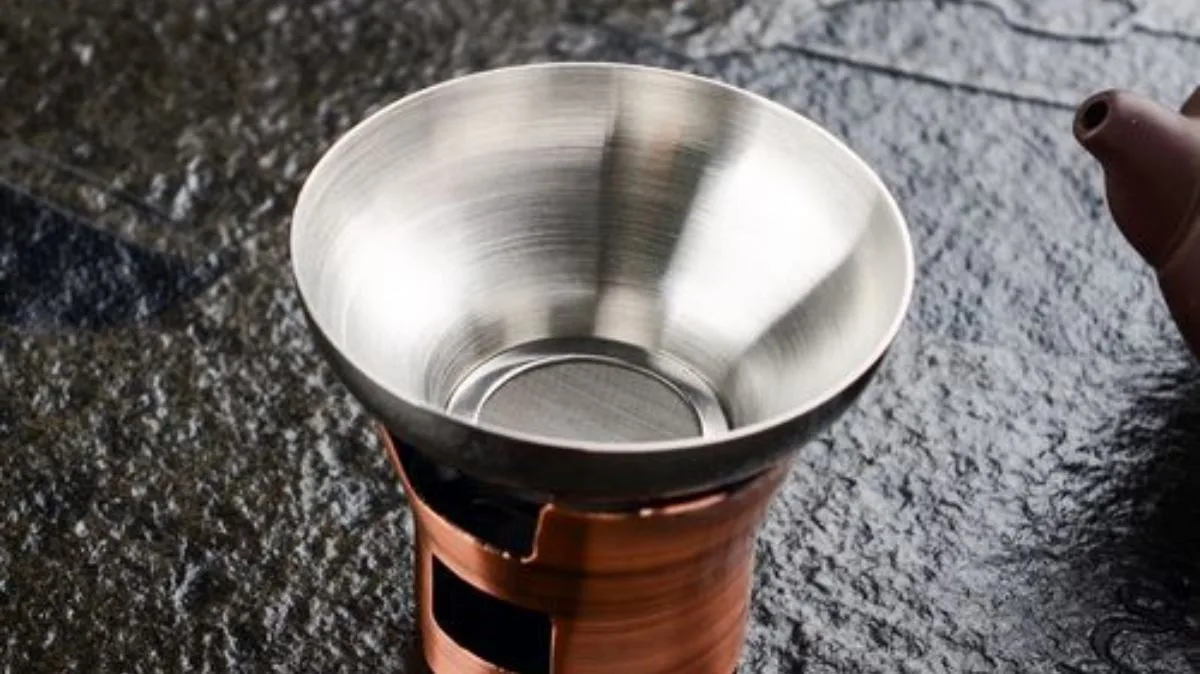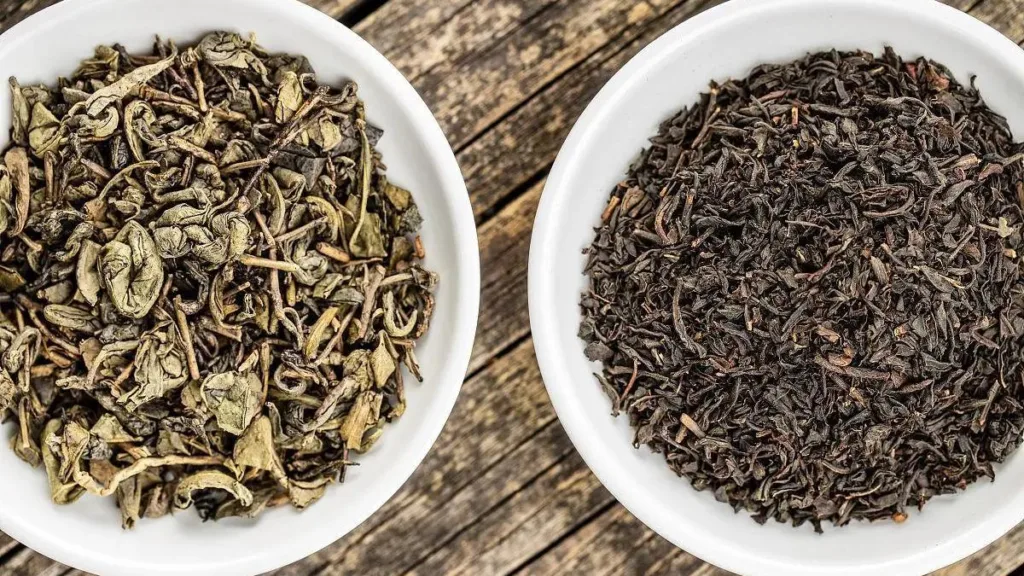The question of whether Chinese tea enthusiasts use filters during the tea-brewing process is not a straightforward one. Given China’s vast landscape and diverse population, tea-drinking habits vary across regions. Moreover, different types of tea call for different brewing methods, influencing the use of filters.
Upon observing friends brewing tea, it becomes apparent that the use of tea filters is not as prevalent as one might think. The once-ubiquitous tea filter seems to be gradually fading from the tea table, primarily because, unless the tea leaves are exceptionally fine, it’s common practice to skip the filter. The process of using a tea filter can be cumbersome and, at times, inconvenient.
An idle tea filter, left untouched for a while, tends to accumulate dust on its surface. While the routine cleaning of teacups and utensils is a swift task, meticulously cleaning the fine mesh of a tea filter can be notably more bothersome.
After brewing tea, the filter often retains tea stains, making the cleaning process a significant undertaking. Tea stains are challenging to remove, and when using the traditional gaiwan (covered bowl) method, where the fairness cup and the gaiwan are a fixed pair, any loose tea at the bottom of the tea liquid is usually negligible. This is because the tea leaves settle at the bottom during the brewing process, and the filtering function of the tea filter becomes redundant.
In daily life, considering various types of tea, it becomes apparent that different brewing methods apply. For green tea, where brewing in glass cups is prevalent, the use of a separate tea filter is generally unnecessary. However, some glass cups come with built-in filter holes, providing an option to strain the tea during pouring. On the other hand, brewing white tea, especially less broken varieties like Baihao Yinzhen or Mudan Wang, usually doesn’t warrant the use of a tea filter. The minimal broken leaves in these teas don’t interfere significantly with the drinking experience.
When it comes to brewing red (black) tea, especially with bagged varieties like Keemun or Jin Jun Mei, the use of a filter is more practical. The deep color of red tea makes the tea filter helpful in preventing dark stains on the filter mesh. However, when dealing with whole-leaf red tea varieties such as Dianhong or Zhengshan Xiaozhong, the filtering process becomes less crucial.
In the quest for simplicity in tea brewing, some tea enthusiasts advocate for minimizing the use of additional tools, including tea filters. The idea is to embrace a more straightforward approach, avoiding the clutter of unnecessary accessories on the tea table. This perspective suggests that the beauty of a tea session lies in its simplicity, and excessive tools, such as filters, might contribute to a cluttered and less aesthetically pleasing tea setting.
To further simplify the tea-brewing process, some argue that, besides the essential teaware, additional items like tea filters, filter holders, tea pets, and lid rests could be minimized or eliminated. This minimalist approach aims to create a clean and uncluttered tea space, eliminating seldom-used tools that contribute to visual chaos.
In conclusion, the use of tea filters in China varies based on tea type, personal preference, and regional traditions. While some tea enthusiasts appreciate the convenience of filters, others prefer a more straightforward and minimalist approach to tea brewing. The evolving landscape of tea culture in China continues to shape the choices made by tea drinkers, reflecting a delicate balance between tradition and modern simplicity in the art of tea.




